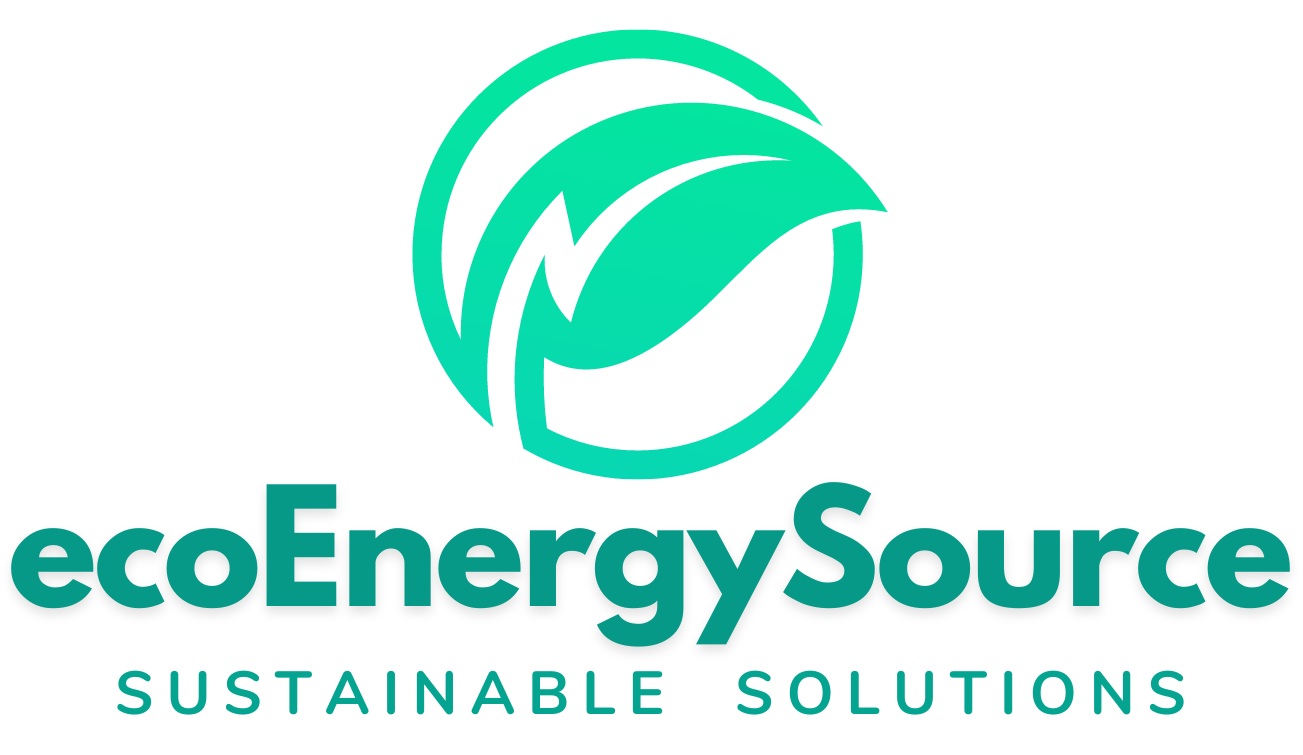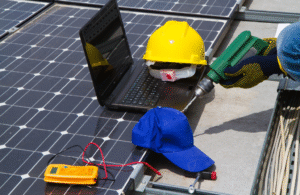Introduction
Switching to solar energy is one of the smartest moves UK homeowners and businesses can make in 2024—but the upfront costs can still feel daunting. Fortunately, there are multiple financing options that make going solar more accessible than ever.
This guide explains how solar financing works in the UK, the different options available, and how to choose the right plan to maximise savings and long-term benefits.
1. Paying Upfront: Own Your System
The simplest way to finance solar is to pay for the system upfront.
- Pros:
- Full ownership from day one.
- Maximum savings on energy bills.
- Eligible for all government incentives like 0% VAT and SEG payments.
- Cons:
- Higher initial investment (£5,000–£10,000 for a typical home system).
💡 2024 Insight: Many homeowners find upfront purchase worth it due to long-term savings and increasing energy prices.
2. Solar Loans and Green Loans
Several banks and financial institutions offer specialised solar or green loans:
- Spread the cost over months or years with competitive interest rates.
- Often lower rates than standard personal loans.
- May be combined with government incentives for extra savings.
💡 Tip: Check if your loan provider offers flexible repayment terms tied to solar savings.
3. Solar Leasing or Power Purchase Agreements (PPAs)
Some companies offer solar leases or PPAs, particularly for businesses:
- Lease: Pay a fixed monthly fee to use solar panels installed by a provider.
- PPA: Pay only for the energy the panels generate—no upfront cost.
- Pros:
- Little to no upfront investment.
- Maintenance and monitoring often included.
- Cons:
- Lower overall savings compared to owning the system.
- Long-term energy costs may be higher than self-owned systems.
💡 Best For: Businesses or homeowners wanting solar without large upfront payments.
4. Combining Solar with Battery Storage
Financing can also cover battery storage systems, which are increasingly popular in 2024:
- Batteries store excess solar energy for use at night or during peak hours.
- Can be added to upfront purchase, loans, or PPA models.
- Boosts savings and energy independence.
💡 2024 Insight: Homes with solar + battery systems see the fastest return on investment, especially with high evening energy usage.
5. Government Incentives That Enhance Financing
Several UK government initiatives make solar financing even more attractive:
- 0% VAT on panels and batteries until 2027.
- Smart Export Guarantee (SEG) allows you to earn money from excess energy.
- Local grants and financing schemes may reduce upfront costs further.
💡 Pro Tip: Combine incentives with financing options to maximise ROI and reduce payback period.
Conclusion: Solar Financing Made Simple
With the right financing approach, switching to solar in 2024 is affordable, practical, and profitable. Whether you buy outright, take a loan, lease, or sign a PPA, there’s a solution for every homeowner or business.
At Eco Energy Source, we help you explore all financing options, calculate potential savings, and choose the best solar solution for your budget and energy needs. Contact us today for a free consultation and make 2024 the year you invest in clean, affordable energy.




